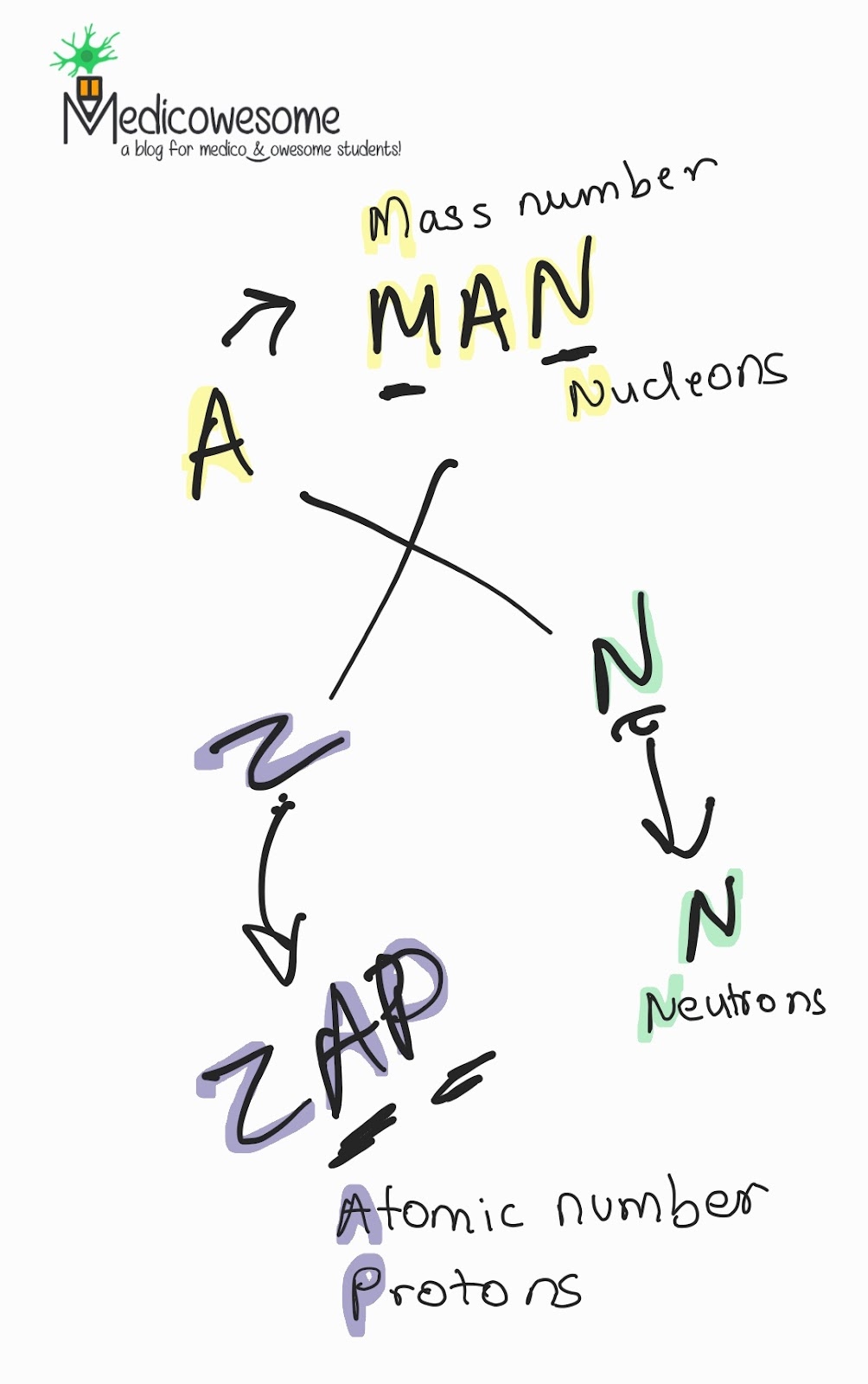Daily:
Uniformity tests 3 million counts for small FOV, 5 million counts for large FOV
Photopeak (energy peaking)
Area survery (at end of each working day) where unsealed radioactive material is prepared for use and administered
GM counter (survery meter) to measure contamination
- check battery daily
- source check (daily) to see if it responds to radiation
Dose calibrator
- background check daily
- voltage check
Weekly:
Planar resolution
Linearity (Bar phantom)
Sensitivity
COR (or monthly)
Quarterly:
Plexiglass Jaszczak phantoms (SPECT contrast, resolution, and uniformity) or annually
6 months:
Leak test at sealed source
Each licensee who uses a sealed source shall have the source tested for leakage at intervals not to exceed 6 months.
Yearly:
Survey meter should be calibrated (to ensure meter responds accurately to radiation)
Dose calibrator (accuracy)
Manufacturer recommendation:
Uniformity correction










